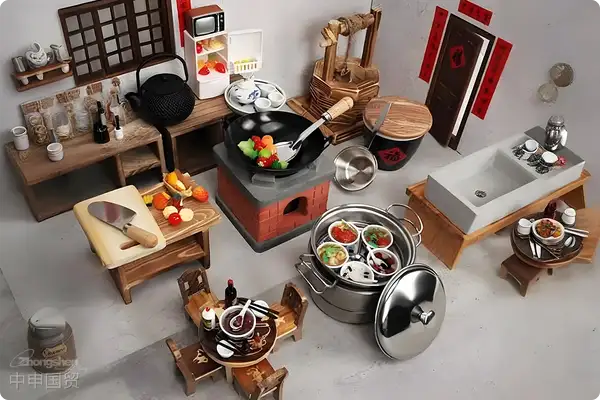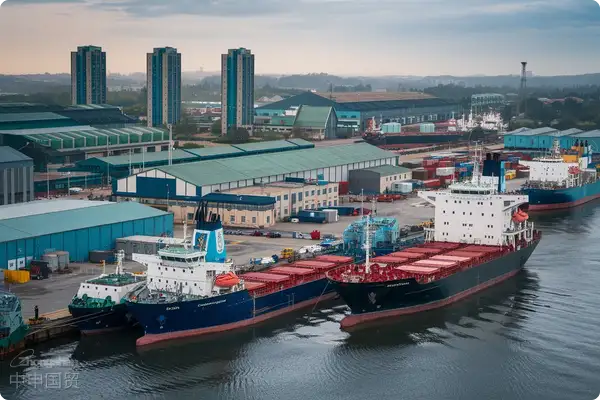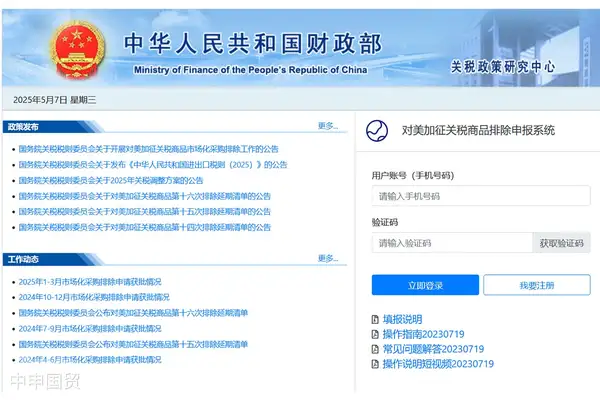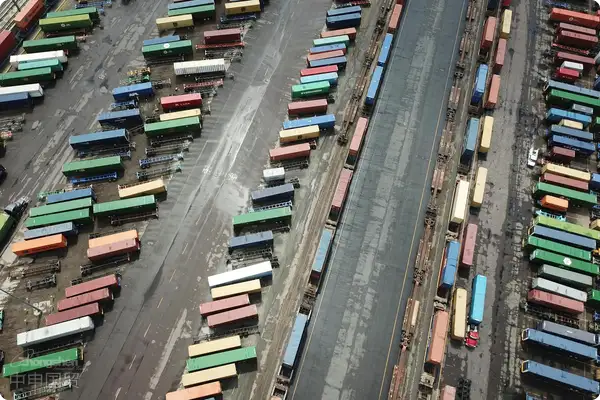- Shanghai Zhongshen International Trade Co., Ltd. - Two decades of trade agency expertise.
- Service Hotline: 139 1787 2118
When 'Playing House' Becomes Real Cooking: New Trends in Children's Kitchen Set Imports
During recent visits to major supermarkets, I noticed an interesting phenomenon: the children's kitchenware section, previously dominated by plastic toys, is now filled with mini kitchen sets capable of actual cooking. With 20 years of experience in the industry,foreign trade'Veteran' that I am, I keenly realized this represents not just an upgrade in the toy market, but a new direction in import categories.
These products cleverly combine toy fun with kitchenware practicality, including small induction cookers, pots, and even safety knives, fully capable of meeting simple cooking needs like frying eggs or boiling noodles. With labor education becoming an independent subject in primary and secondary schools, market demand has seen explosive growth. But importing these 'little guys' is far more complicated than buying toys for children.

The 'Medical Report' Before Import: Essential Documentation
Last week, a client urgently approached me about a batch of German children's kitchenware stuck at customs. Inspection revealed three critical oversights:
- HS Code Positioning:Such products are often mistakenly classified under HS code 9503 for toys, when they should actually be classified under Chapter 73 for kitchenware or Chapter 85 for electrical appliances, with potential tariff differences up to 8%
- CCC Certification Red Line:Electrical products must obtain mandatory certification. We've handled cases where entire containers were returned due to missing certifications
- Origin Trap:A Korean-branded product actually manufactured in Southeast Asia nearly incurred 15% additional tariffs due to incorrect preferential tariff application
We recommend importers prepare the 'Three Essentials' in advance: original manufacturer-issuedProduct composition description,Safety test reportsandIt is recommended to verify through the following methods:Particularly for induction cooker products, additional documentation is requiredElectrical safety certificationandRadiation test report.
The 'traffic lights' in customs clearance: A detailed explanation of the process
Last month's case we handled for a Belgian brand was quite representative, with the complete process as follows:
- Week 1:Pre-classification confirmed under HS code 7323.99.90 (stainless steel kitchenware), with 8% tariff and 13% VAT
- Week 2:Completed import filing for food contact materials (though not mandatory, recommended)
- Week 3:Upon arrival, arranged for legal inspection, with CIQ focusing on knife length and induction cooker power verification
- Week 4:Due to missing Chinese warning labels on outer packaging, label filing was supplemented, causing a 3-working-day delay
Special reminder:For sets containing knives, split declaration is recommended as China has special regulatory requirements for knife imports. In a case we handled last year, failure to declare ceramic knives separately resulted in the entire shipment being detained by customs for 2 weeks.
Business opportunities behind consumer alerts: Compliance equals competitiveness
While customs' consumer alerts appear targeted at parents, they actually outline clear market access standards for importers:
- Channel selection:A German brand we partnered with achieved30% higher retail pricesby providing
- in-store inspection certificatesAge-appropriate design:A Japanese manufacturer addedQR codes linking to age testing videos
- on packaging, resulting in 45% higher repurchase ratesSafety certifications:We recommend obtaining additionalorGerman LFGBUS FDA
certifications, which serve as key selling points in mother-and-child communitiesLast year, a Swedish brand we helped introduce gained advantage by preparingandFood-grade silicone certification, ensuring smooth customs clearance and becoming a recommended product by parenting bloggers on Xiaohongshu.
Practical advice for importers
Based on recent operational experience, here are three suggestions for those preparing to import such products:
- For sensitive goods, allocate 7-10 extra days for customs clearance compared to regular goods.For legally inspected goods, it is recommended to allocate 7-10 additional days for customs clearance compared to regular goods.
- Dual-header customs declaration:Noimport and exportFor authorized clients, we typically recommend adopting the "foreign trade agent + actual buyer" dual-header model.
- Cost calculation:In addition to tariffs and VAT, don't forget to calculate hidden costs such as label filing (approximately 2000 RMB) and storage fees (approximately 80 RMB/day/ton).
Recently, while assisting a client with importing a magnetic children's kitchen set from Italy, we discovered that its magnetic components require separatemagnetic safety testing. This case once again proves that importing children's products is never simply a "large toy" business, but rather a systematic project that requires professional foreign trade agents to provide full-process support.
If after reading this you still have doubts about any particular aspect, feel free to bring your product documentation to our office for a cup of coffee. Twenty years of import-export experience tells me that one hour of communication beforehand can often prevent a month of trouble later. After all, in the import-export industry,complianceis never a cost, but the best commercial insurance.
Related Recommendations
? 2025. All Rights Reserved. Shanghai ICP No. 2023007705-2  PSB Record: Shanghai No.31011502009912
PSB Record: Shanghai No.31011502009912










